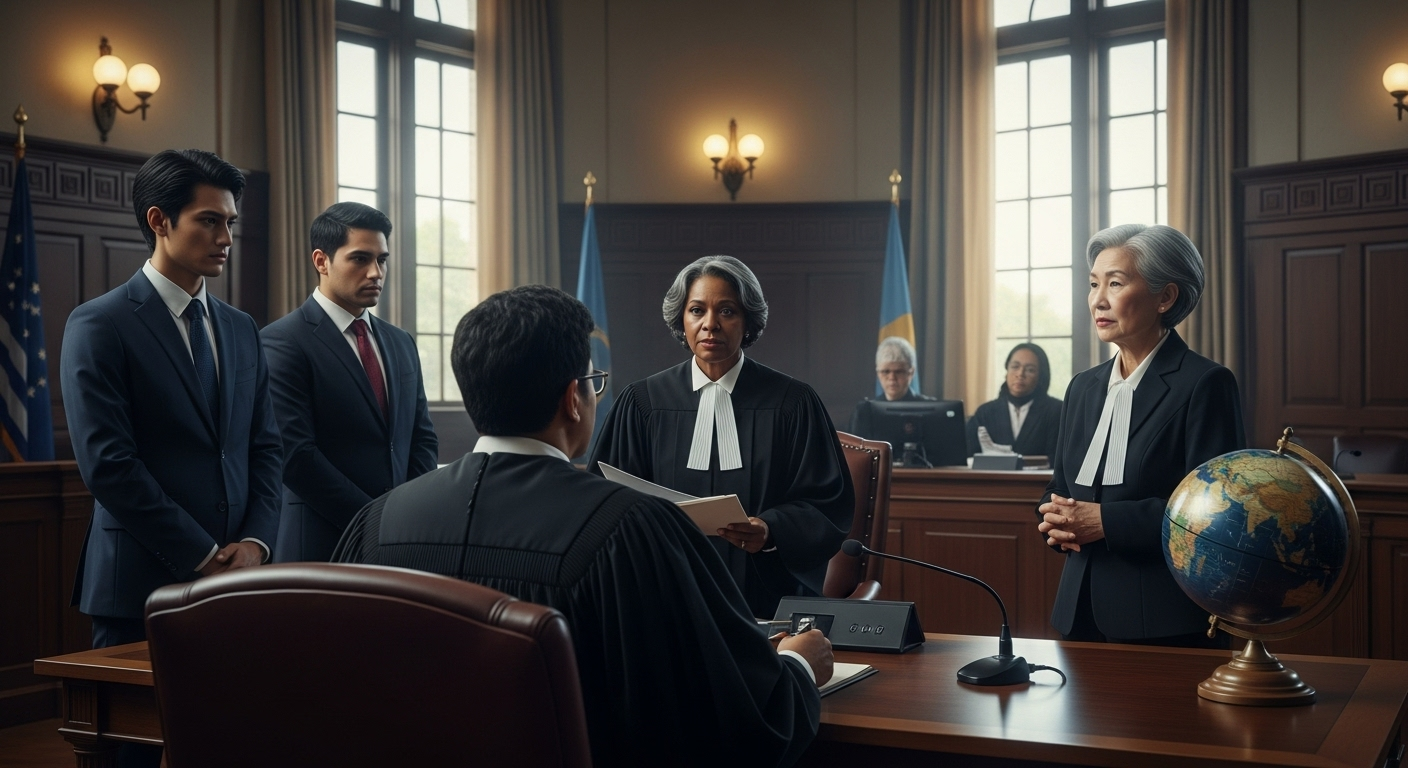The Shaping of Maritime Law: An In-depth Look at the United Nations Convention on the Law of the Sea
In the realm of international law, the United Nations Convention on the Law of the Sea (UNCLOS) stands as a significant foundation. This article delves into the historical context, recent developments, and societal implications of this critical piece of maritime legislation.

Historical Context of the UNCLOS
The United Nations Convention on the Law of the Sea came into existence in 1982, but the development of maritime law stretches back centuries. The concept of the “Freedom of the Seas” was first proposed in the 17th century by Dutch jurist Hugo Grotius. However, with the advent of the 20th century, it became evident that a more comprehensive and structured approach to maritime law was necessary. The UNCLOS, often referred to as the “constitution for the oceans,” was the result of this need.
The UNCLOS: An Overview
This convention establishes a legal framework to regulate all activities in the oceans and seas. It defines the rights and responsibilities of nations in their use of the world’s oceans, establishes guidelines for businesses, the environment, and the management of marine natural resources. The convention comprises 320 articles and nine annexes, governing all aspects of ocean space, such as navigation, marine scientific research, economic and technical cooperation, conservation, and the transfer of technology.
Recent Developments
Since the UNCLOS was adopted, it has been ratified by 167 countries and the European Union, making it one of the most universally accepted international agreements. However, the convention is not without controversy. One of the most contentious issues is the delineation of maritime boundaries. The South China Sea dispute, for example, remains a hotbed for territorial conflicts among several countries.
Implications and Impact on Society
The UNCLOS has far-reaching implications for society. It impacts global trade, environmental conservation, and even geopolitical stability.
A significant portion of global trade is conducted via sea routes. Therefore, the rules and regulations outlined in the UNCLOS directly impact international commerce.
The convention also plays a vital role in environmental protection. It contains provisions for the protection and preservation of the marine environment and the prevention of marine pollution.
Geopolitically, the UNCLOS serves as a tool for promoting peace and stability. By providing a legal framework for resolving disputes, the convention contributes to maintaining a relatively peaceful international maritime order.
Final Thoughts
The United Nations Convention on the Law of the Sea is a cornerstone of international maritime law. It has shaped and continues to shape how nations interact with the world’s oceans. Despite some controversies, the convention plays a critical role in regulating ocean activities, promoting peaceful coexistence, and facilitating global trade. With the increasing importance of maritime issues, such as climate change and territorial disputes, the UNCLOS will continue to be a significant focus in international law discussions.




